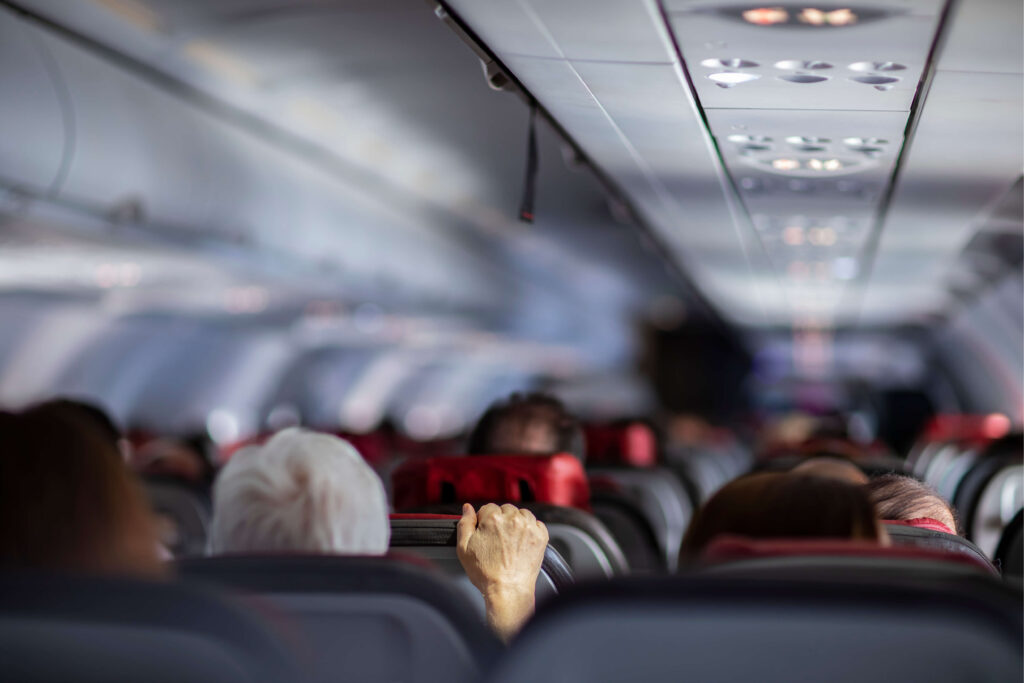Air Canada Flight AC837 was scheduled to depart from Madrid (Spain) for Toronto (Canada) on February 3, 2020. But during the take-off, the Boeing 767 aircraft encountered technical problems. This was the beginning of an eerie four-hour Madrid-Madrid flight for the 128 passengers and eight crew on board.
A Boeing 767-300 aircraft, belonging to Air Canada (ADH2) , took off from Madrid-Barajas Adolfo Suárez Airport (MAD). The flight AC837 was en route to Toronto (Canada), where it was supposed to land some 8 hours later. Yet things did not go according to plan.
The flight crew reported an engine issue and a burst tire on take-off, which made them adjust the travel plans. Instead of Toronto, Madrid was now the destination airport, where emergency services were on stand-by.
The aircraft circled over Spain for nearly four hours to burn off the fuel, before returning to MAD. An F-18 fighter jet belonging to the Spanish Air Force was scrambled to make a visual examination of the landing gear and report them to Air Canada (ADH2) captain, according to Spain’s Defense Ministry.
¡Gran trabajo! Un #F18 del @EjercitoAire interceptó el #AC837, hizo comprobación visual de los daños en el tren de aterrizaje y lo comunicó al comandante de @AirCanada antes de su aterrizaje en #Madrid. Enhorabuena a tripulación y controladores @ENAIRE Vídeo: @thelastfedor pic.twitter.com/tzzzqUtTMR
— Ministerio Defensa (@Defensagob) February 4, 2020
The flight crew made a successful landing on 32L runway at around 7.30 pm local time, where the aircraft was met by emergency services. Mechanics assessed the aircraft before deciding on how to disembark passengers.
On February 3, 2020, Air Canada (ADH2) confirmed on social media that Flight AC837 landed safely at the departure airport after an engine issue, without mentioning the burst tire.
Air Canada (ADH2) has five Boeing 767s in its fleet of over 180 aircraft. The Boeing 767-300, which was involved in the incident (registration number C-GHOZ), is an over 30-year old airframe, powered by two General Electric CF6 engines. In a two-class configuration, it seats up to 211 passengers.
#cbc #AC837 #MADRID #LANDING #TOUCHDOWN pic.twitter.com/vPlDnc6NTe
— Aaron C. (@thelastfedor) February 3, 2020

